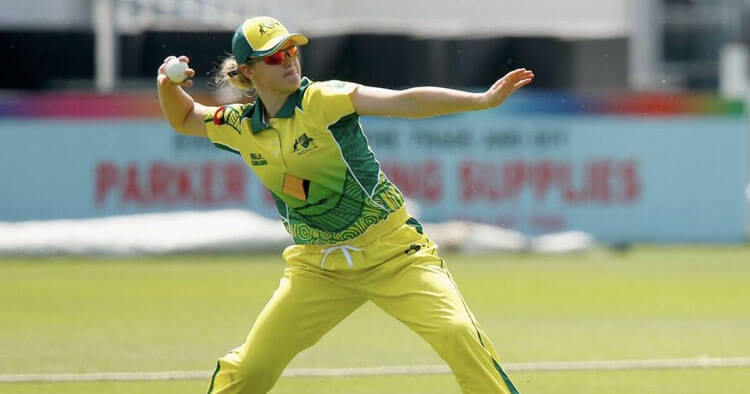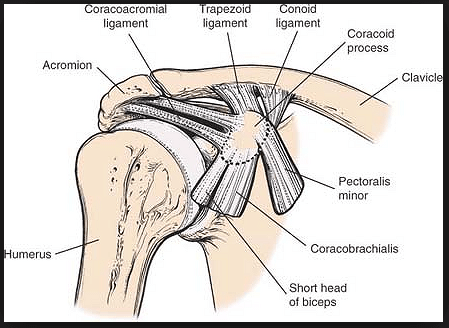Injury Rehabilitation and Training
Treating A SICK Scapula
Evaluation Of A SICK Scapula
When assessing for a SICK scapula the affected shoulder will appear to be sitting lower than the other side often easily seen when viewed from both the front or back (often this shoulder posture is referred to as being “dropped” or “drooping”). As well as appearing “dropped” the shoulder blade will be slightly “winged” at the medial, inferior border when viewed from behind. This will appear as if the inferior border of the shoulder blade at the side closest to the spine is sticking out slightly away from the body, where you could possibly slide some of your finger tips between the scapula and the ribs when compared to the opposite side. Other common features associated with a SICK scapula can include a limitation of motion at the shoulder, as well as shoulder pain. With a SICK scapula palpation of the front of the shoulder specifically at the coracoid process will often be painful to the touch.
A Development Over Time
A SICK scapula is an overuse syndrome, where the above mentioned characteristics have developed overtime not overnight or as a result of injury, but over months, even years. A dropped, protracted and anteriorly tilted shoulder blade is secondary in part to a very tight pec minor and/or short head of biceps pulling on the coracoid process of the scapula, a bony part of the the shoulder blade that can be seen in the image below. These tight muscles contribute to the misalignment of the scapula and the origin and insertion of the tight and over worked biceps short head and pec minor onto the coracoid process is the source of the local tenderness when palpating the area.
Motion of the shoulder blade when performing elevation movements will often expose dysrhythmia, sometimes holding a small weight in the hand is necessary to unveil the disruption to the normal scapulohumeral rhythm and expose the dysrhythmia. When visible this altered shoulder blade movement may be seen as being rapid, excessive or stuttering when compared to the unaffected side when performing the test movements into elevation or functional movements.
Treating A SICK Scapula
Generally physiotherapy rehabilitation is an effective approach when treating a SICK scapula but required discipline and dedication from the patient. Physio treatment is frequently directed at regaining normal muscular activation patterns, requiring strength and conditioning of the scapula muscles, stretching tight structures such as the posterior shoulder capsule and pec minor muscle. This approach can often be successfully coupled with soft tissue manipulation techniques for the above structures. Remembering that the shoulder / shoulder blade complex need a stable well positioned platform to move from, so if appropriate the restoration of cervical and thoracic posture and movement may also need to addressing to achieve a satisfactory outcome. Your physiotherapist should be well placed to guide you on where best to place your attention to help improve your shoulder biomechanics, function and pain levels.
Disclaimer: Sydney Physio Clinic does not endorse any treatments, procedures, products mentioned. This information is provided as an educational service and is not intended to serve as medical advice. Anyone seeking specific orthopaedic advice or assistance on Treating A SICK Scapula should consult his or her general practitioner, sports medicine specialist, physiotherapist or otherwise appropriately skilled practitioner.



